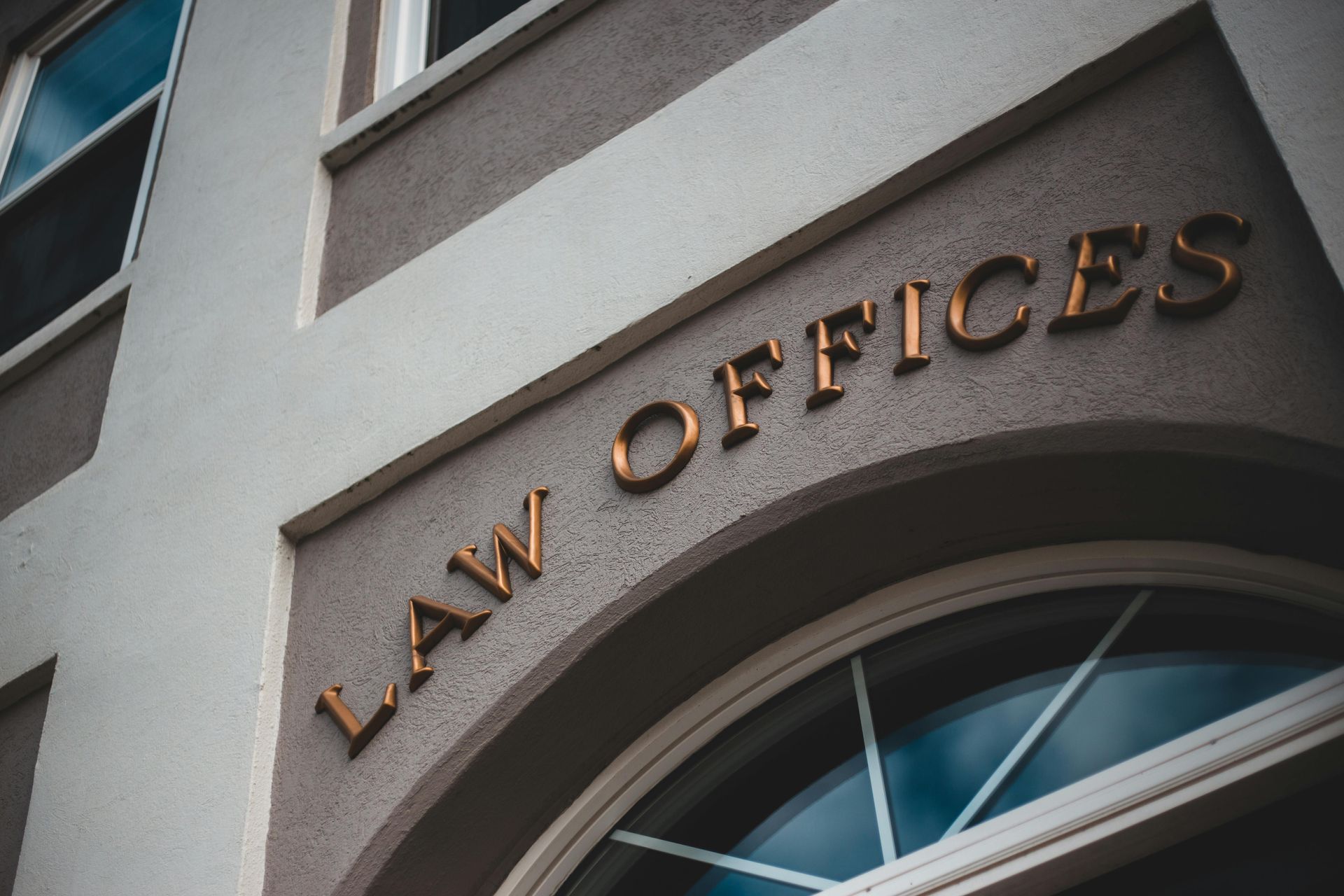Disadvantages of Descriptive Trademarks
ATTORNEYS IN DALLAS
Learn about the implications of choosing between fanciful, descriptive, and generic marks.
Disadvantages of Descriptive Trademarks
Trademarks can be classified on a spectrum, spanning from marks that are fanciful or exceptionally distinctive to those that are highly descriptive (with generic marks being ineligible for registration on the Principal or Supplemental Register). Assessing the degree of distinctiveness or descriptiveness of a trademark can only be done by considering its relationship to the associated goods or services. Opting for a descriptive trademark carries various drawbacks.
Typically, it requires a minimum of five years or more for a descriptive trademark to establish distinctiveness and potentially become eligible for registration on the Principal Register.
Not Qualifying for Registration on the Principal Register
Trademarks that possess a high level of descriptiveness or are purely descriptive in relation to the goods or services cannot be registered on the Principal Register. Consequently, applicants miss out on numerous advantages. For a comprehensive comparison of the benefits associated with both trademark registers, please refer to our webpage titled "Filing Your Trademark on the Principal Register and the Supplemental Register." A mark is deemed purely descriptive if it describes an ingredient, quality, function, purpose, feature, characteristic, or use of the specified goods or services. The Supplemental Register is specifically designated for purely descriptive trademarks. Although these trademarks receive certain benefits of federal registration, they fall short of attaining the most crucial ones.
Litigation With a Descriptive Mark
If you find yourself involved in legal action as a trademark owner, having a descriptive mark puts you at a disadvantage. However, if your mark is registered on the Principal Register, the trademark registration serves as prima facie evidence of various factors. These include the validity of the trademark registration, your ownership of the mark, your exclusive right to use the mark in commerce, and the continuous use of the mark since the filing date of the trademark application. Conversely, as the owner of a trademark on the Supplemental Register, you do not benefit from these presumptions. Instead, you are required to prove these matters in court, which can be a time-consuming and costly process. Additionally, you will need to demonstrate that the mark has acquired secondary meaning.
Your Brand May Not Be Memorable
Choosing a common or descriptive term as your trademark increases the likelihood that consumers will not remember your brand. This can result in difficulties in distinguishing your goods or services from those offered by other companies. Conversely, a distinctive mark creates a powerful initial impression and leaves a lasting memory with consumers. The advantage of a distinctive mark is that it carries no other connotations apart from the meaning attributed to it by your specific products or services. Examples of distinctive marks include STARBUCKS, ROLEX, and EXXON. When consumers encounter these trademarks, they associate them exclusively with your goods or services, as there are no alternative meanings associated with the term in the market.
- 66(a) Applications
- Abandoning a Trademark Application or Withdrawing a TTAB Proceeding
- Abandonment and Nonuse
- Abbreviations as Trademarks
- Accelerated Case Resolutions
- Acquired Secondary Trademark Meaning
- Amending Trademark Application
- Assigning a Trademark
- Assigning a Trademark and the Intent to Use Application
- Avoiding Fraud on Trademark Applications
- Avoiding Trademark Litigation
- Basis for Filing a Trademark
- Benefits of Registering a Trademark
- Bona Fide Intent to Use
- Celebrity Trademarks
- Challenging the Relatedness Factor
- Challenging Trademark Rights
- Claims in a Notice of Opposition
- Co-Existence Agreements
- Common Law Trademarks in the Internet Era
- Common Law Use and Priority
- Conflicting Marks
- Consent Agreements
- Constructive Use Priority
- Dates of Use
- Defenses in Opposition and Cancellation Proceedings
- Descriptive or Generic Trademarks
- Design Marks
- Design Trademarks
- Determining Trademark Similarities
- Discovery in TTAB Proceedings
- Dividing a Trademark Application
- Drawing Page
- Electronic Display Specimens for Trademarks
- Evidence in TTAB Proceedings
- Evidence of Acquired Distinctiveness
- Expediting Trademark Cancellation for Nonuse or Abandonment
- Extending Time to Oppose
- Factors of a Likelihood of Confusion Analysis
- False Suggestions of Connection
- Famous Trademarks and Likelihood of Confusion and Dilution
- Filing an Opposition or Cancellation Proceedings
- First Sale Doctrine
- Five Years of Use
- Foreign Trademark Rights
- Generic Trademarks
- Geographic Trademarks
- Hiring Trademark Counsel
- Immoral and Scandalous Trademarks
- Incontestability of U.S. Trademarks
- International Trademark Filings
- Joint Trademark Ownership
- Lawful Use of a Trademark in Commerce
- Likelihood of Confusion Analysis
- Likelihood of Confusion Refusal
- Merely Descriptive Trademarks
- Multiple Bases for a Trademark Application
- Overcoming and Ornamentation Trademark Refusal
- Personal Name Trademarks
- Principal and Supplemental Registers
- Protecting Single Creative Works
- Recording Trademark Assignments
- Refusal of a Trademark
- Refusing a Trade Dress Application
- Registering a Certification Trademark
- Registering a Service Mark
- Registering a Trademark That Lacks Inherent Distinctiveness
- Registering an International Trademark
- Relatedness of Goods or Services
- Request for Reconsideration in Trademark Office Action
- Requirements for International Trademark Application
- Revive an Abandoned Trademark Application
- Secondary Meaning
- Source Confusion
- Special Trademark Applications
- Standard Character and Special Format Marks
- Standing in Opposition and Cancellation Proceedings
- State Trademark Registration
- Statement of Use Extensions
- Tacking Doctrine
- Technical Trademark Use
- The Supplemental Register
- Trade Dress
- Trade Dress Application
- Trademark Application
- Trademark Clearance Searches
- Trademark Disclaimers
- Trademark Licensing
- Trademark of Authors, Performing Artists, and Characters
- Trademark Ownership
- Trademark Protection In Texas
- Trademark Settlements
- Trademark Specimens
- Trademark Specimens
- Trademark Use by Related Company
- Trademark Use in Advertising
- Trademark Use in Commerce
- Trademarking a Distinctive Mark
- Trademarking a Hashtag
- Trademarks for Musical Artists
- TTAB Discovery Rules
- TTAB Proceedings
- U.S. Service Mark
- U.S. Trade Dress
- Understanding Trade Channels
- Unitary U.S. Trademark
- Universal Symbols as Trademarks
- Using Secondary Sources
- What is an Ex Parte Appeal?
- Where to Register a Trademark
- Who Must File a Trademark?
Contact an Experienced Trademark Attorney
If you need legal advice regarding your trademark rights, assistance with trademark prosecution, or representation in a domain name dispute, contact Wilson Whitaker Rynell. Our team of trademark lawyers has extensive experience in all aspects of trademark and copyright law, including the filing of trademark applications and representing clients in defense or prosecution before the Trademark Trial and Appeal Board.
CLIENT MATTERS
5,000+
YEARS OF SERVICE
25+
Award Winning
Recognized in the legal industry as dedicated board-certified lawyers and Rising Stars.
Expert Team
Your project will be handled by legal experts every time. You will have the most experienced attorneys working for you.
Quality Representation











